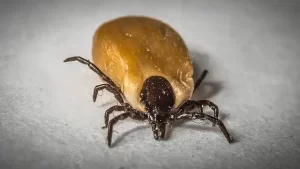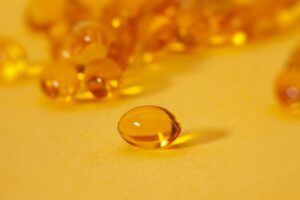How long COVID-19 virus can survive?
- Engineered Soybeans with Pig Protein: A Promising Alternative or Pandora’s Dish?
- Severe Fever with Thrombocytopenia Syndrome (SFTS): A Tick-Borne Threat with High Mortality
- Why Isolating Bananas Extends Their Shelf Life?
- This common vitamin benefits the brain and prevents cognitive decline
- New report reveals Nestlé adding sugar to infant formula sold in poor countries
- Did Cloud Seeding Unleash a Deluge in Dubai?
How long COVID-19 virus can survive?
How long COVID-19 virus can survive? How long does the COVID-19 virus attach to objects? Or will it never die and must be killed?

China’s imported cold chain foods have frequently tested positive for the COVID-19 recently. After the COVID-19 outbreak in Qingdao, China, the new coronavirus was isolated for the first time in cold chain foods. Recently, 3 copies of imports were also found in Tianjin, China. The ice cream was positive for the new coronavirus.
There is no doubt that the virus can indeed be spread through contact with cold chain food. Hearing these news, many people may wonder, how long is the life span of the virus on the surface of the article, or does it mean that the virus will not die and can only be killed with disinfectant?
How long does the virus attach to the object?
The stability of the virus on the object display can directly affect its transmission ability. Viruses with pandemic potential such as Ebola virus and influenza virus can survive for a period of time on the object display and there is a risk of transmission.
The survival of the virus on the surface of the object is affected by a series of factors, including the type of virus, the load, the temperature of the environment, the humidity, the material of the object, ultraviolet light, and the pH value. As early as February last year, relevant experts from the National Health Commission once said that if the temperature and humidity are appropriate, the new coronavirus may survive in the environment for several days. Scientists have studied the survival time of the new coronavirus [. There are mainly the following:
1) Environmental materials
Some researchers have conducted studies on the survival time of the new coronavirus on aerosols and common materials in life, including aerosols, plastics (polypropylene), alloy stainless steel, copper and cardboard. When the ambient temperature is 21-23°C and the relative humidity is 65%, the new coronavirus can survive in the aerosol after atomization for 3 hours. The new coronavirus is relatively stable on plastic and stainless steel surfaces and can survive up to 72 hours. The specific survival time of the new coronavirus on the surface of the four materials is: copper (3.4 hours) <paperboard (8.45 hours) <stainless steel (13.1 hours) <plastic (15.9 hours). And British experts have also reported that the new coronavirus has a longer survival time on non-permeable (waterproof) material surfaces, such as stainless steel or plastic surfaces; while it has a relatively short survival time on permeable materials such as fabrics or paper towels.
2) Temperature and humidity
Different temperatures and humidity are also the key to the survival of viruses. Studies have found that when the average temperature is 8.72℃, it is most suitable for the spread of the new coronavirus. Studies have found that the new coronavirus can survive for up to one month in a super-saturated environment with a low temperature below zero and a relative humidity of 100%. So in winter, when the weather is cold, the epidemic is more likely to recur.
Sum up
We don’t have to panic too much about the positive nucleic acid test for cold chain foods, because a positive nucleic acid test can only prove that the virus has been in the sampling place. As for whether it is a live virus or a dead virus, how large the virus is, and whether it can cause disease, other things are needed. Means to test. However, in the context of the current global epidemic, the disease control department will give priority to sealing up and destroying this batch of food materials for epidemic prevention, and notify the public. In fact, after the cold chain food is imported for a long time, the virus on it has often been reduced in number and activity, and the infectivity is no longer high.
In short, the new coronavirus can survive for a long time under the influence of the environment, but it will not exist forever, and the virulence and transmission of the virus will gradually weaken over time. However, at the current stage of epidemic prevention and control, we have regard to some imported items, Still have to do some high-frequency contact surfaces, wash hands frequently, and ventilate frequently.
(source:internet, reference only)
Disclaimer of medicaltrend.org



